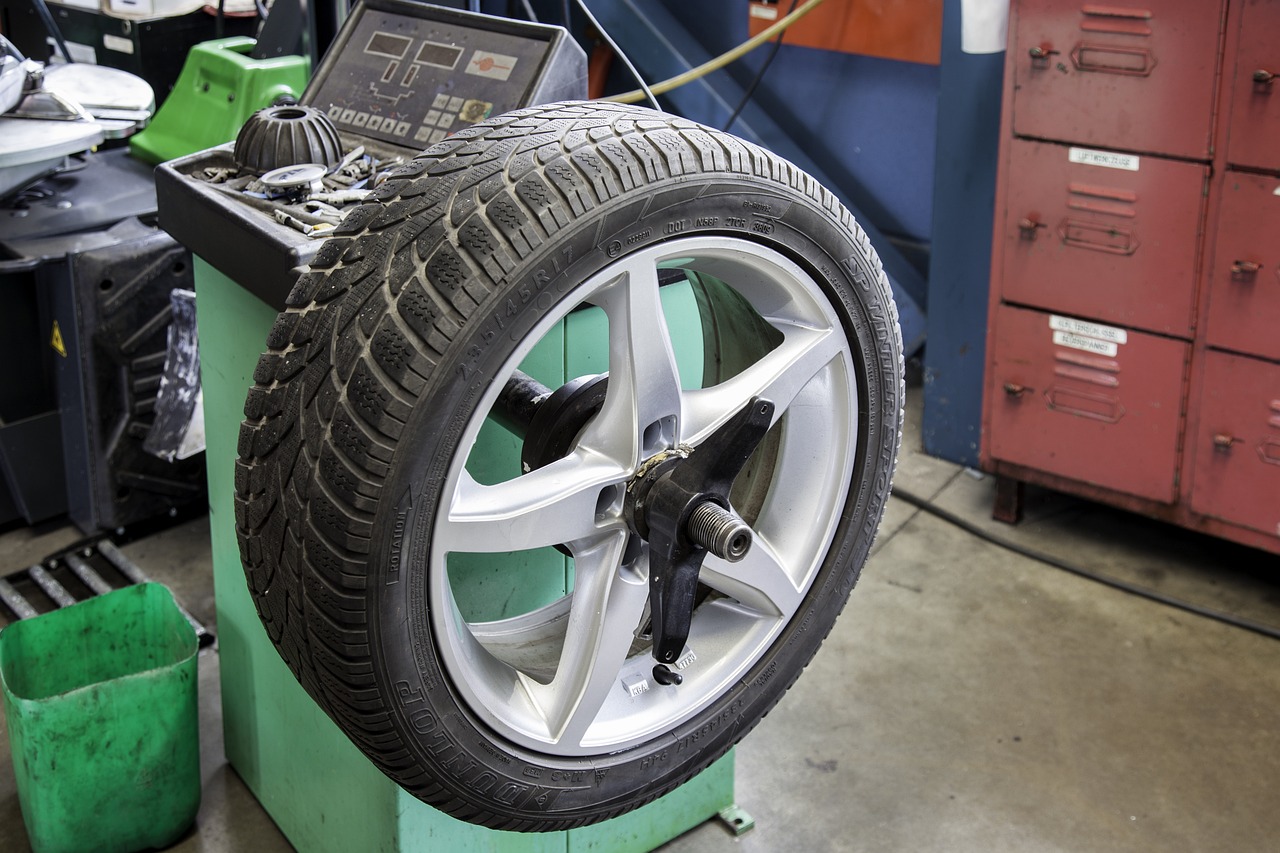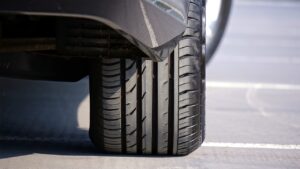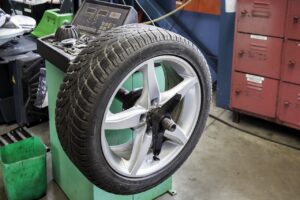
If you don’t use your car often, you might think your tires will last longer than usual. However, this is not always the case. Tires can deteriorate over time, even if they are not used much. In this article, we’ll explain how long low mileage tires last, what factors can affect their lifespan, and give you some tips for maintaining your tires and preventing premature wear.
What causes tires to age?
Tire aging is the process of deterioration of tire elasticity and strength due to chemical reactions, environmental conditions and physical stresses. Aging can lead to cracks, dents, blisters and tread separation, compromising the safety and performance of your vehicle.
This can explian it:
Factors that can cause tire aging include: Heat: High temperatures can accelerate the oxidation of rubber, making it brittle and susceptible to cracking. Exposure to sunlight and UV rays can also damage rubber compounds. Oxygen: Oxygen reacts with rubber, causing it to lose its flexibility.
Oxygen can penetrate the tire through the sidewalls, tread and inner liner. Ozone: Ozone Is a gas formed when oxygen interacts with air pollutants. Ozone can degrade rubber by breaking its molecular bonds. Moisture: Moisture can cause the steel belts and cords inside the tire to corrode, weakening its structure. It can also affect the adhesion of rubber to other materials, such as fabric and metal.
How to maintain your low mileage tires?
If you want to extend the life of your low mileage tires, you need to take care of them and follow certain maintenance tips. Here’s what you can do to prevent tire aging and wear:
Check your tire pressure regularly: Under- or over-inflated tires can cause uneven wear, reduce fuel efficiency, affect handling and increase the risk of a blowout. You should check your tire pressure at least once a month using a reliable tire pressure gauge. You should also check your tire pressure before long trips or when driving in extreme temperatures. The recommended pressure for your vehicle can be found on a label inside the driver’s door or in the owner’s manual.
Roll your tires periodically: Rolling your tires means changing their position on your vehicle to ensure even wear. You should rotate your tires every 5,000 to 7,000 miles or as recommended by your manufacturer. You should also roll your tires if you notice uneven wear patterns. Balance your tires correctly: Balancing tires is the process of evenly distributing the weight of the tire and rim around the axle. You should balance your tires every time you roll them or when you notice signs of imbalance, such as steering wheel vibration.





